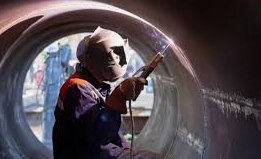
When Welding Turns a Non-Permit Confined Space Into a Permit-Required One
Welding is one of the most common tasks performed in confined spaces—yet it’s also one of the most misunderstood when it comes to permit requirements. A space that normally doesn’t require a permit under OSHA’s Confined Space standard (29 CFR 1910.146) can quickly change classification when hot work like welding enters the picture.

OSHA Standards vs. NIOSH Recommendations: A Detailed Technical Comparison
While both OSHA and NIOSH aim to protect workers, they take very different approaches when it comes to safety thresholds, methodologies, and scope. Below is a deep dive into how their requirements contrast.
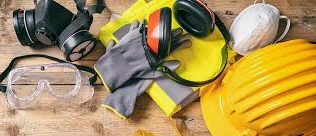
Why PPE Fails — and What Your Team Isn’t Telling You
Personal protective equipment (PPE) is often the last line of defense on the jobsite. It’s issued, required, and in many cases, checked off on a safety form. But here’s the uncomfortable truth: PPE doesn’t always get worn the way we think it does—and the real reasons why are rarely written in any incident report.
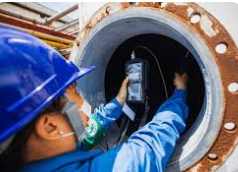
Rethinking Atmospheric Monitoring in Confined Spaces: A Risk-Based Approach
In confined space operations, it's standard practice to deploy four-gas monitors measuring Oxygen (O₂), Carbon Monoxide (CO), Hydrogen Sulfide (H₂S), and Lower Explosive Limit (LEL). While this approach provides a baseline safety measure, it may not address all potential atmospheric hazards specific to each confined space. Over-reliance on this standard configuration can lead to undetected dangers, as evidenced by various incident reports and studies.
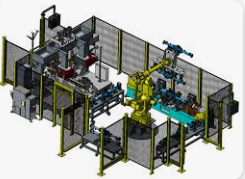
Safety Devices for Robot Cells: Key Components and Their Role in Achieving Performance Levels (PL)
Safety is a critical consideration when designing robot cells, especially as the integration of robotics into industrial processes continues to increase. Ensuring that robot cells are equipped with the right safety devices is essential not only for the protection of human workers but also for compliance with international safety standards. Safety devices such as safety sensors, emergency stop systems, light curtains, and guarding systems work together to ensure that the robot cell operates safely and minimizes the risk of accidents.

How to Calculate Performance Levels for Robot Cells: A Step-by-Step Guide
Calculating Performance Level (PL) for safety systems in robot cells is a critical part of ensuring the safety and reliability of automated systems. Performance Level (PL) determines the risk reduction capability of a safety system, ensuring that the likelihood of a dangerous failure is minimized. Accurate PL calculations are necessary to ensure that robot cells are compliant with safety standards such as ISO 13849-1 and IEC 62061 while also protecting workers from potential hazards.
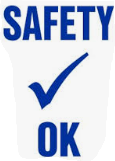
Box-Checking Safety Is a Lie: It’s Time for a Reality Check
Let’s get one thing straight: safety isn’t about filling out forms. It’s not about signing a clipboard at the start of a shift or checking a box that says “Yep, we’re good.” If that’s the extent of your safety program, you don’t have a safety culture—you have a compliance illusion.
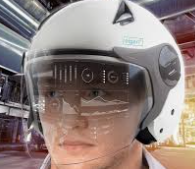
Revolutionizing Workplace Safety: Predictive AI & Wearable Tech
Picture this: You're at work, moving through your daily routine, when suddenly, your smartwatch buzzes with a friendly reminder: "Check your harness before climbing." You didn't even have to think about it. But you’re glad it caught you before you made a potentially dangerous mistake. Or how about this: You're working near a high-powered machine, and your wearable vibrates, alerting you to adjust your posture—just in time to avoid an injury. It’s like having a safety coach that’s always watching your back, right in the moment when you need it most.

Using Magical Tech to Make Workplaces Safer
Imagine the technology that makes a Disney park so seamless—where a wristband unlocks your hotel room, tracks your location, and customizes your experience—being used not for thrills, but to keep people safe at work. That "magic" can be adapted to serious business, especially in high-risk industries like construction, logistics, and manufacturing.

Understanding Performance Level (PL) and Its Importance in Safety Systems
In the context of industrial automation, safety is paramount, particularly in environments that involve robots, automated machines, and other high-risk machinery. As automation continues to advance, the risks associated with these technologies are becoming more complex, and so are the safety standards designed to mitigate them. One of the most critical safety concepts is Performance Level (PL), a crucial element in determining the effectiveness of safety devices and systems
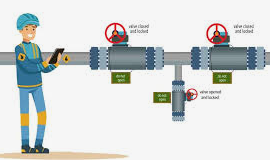
The Importance of Proper Isolation in Confined Space Entry: An OSHA Regulation Breakdown
Confined space work is one of the most hazardous tasks in many industries, with the potential for deadly accidents lurking in every step. One of the most critical steps in ensuring worker safety when entering a permit-required confined space is proper isolation. This requirement is clearly outlined in OSHA's 29 CFR 1910.146(d)(3)(iii), which mandates that employers must isolate the confined space from all hazardous energy, materials, and conditions before any worker enters.

Ladder Safety in Doorways: A Regulatory Gap That Needs to Be Closed
In 2016, a construction worker in New York was working on an extension ladder placed in front of an active doorway. A colleague unknowingly opened the door, knocking the ladder over and sending the worker tumbling 15 feet to the ground. The worker suffered fatal head injuries from the fall. This tragedy could have been prevented with proper ladder placement and regulatory enforcement.

IoT-Enabled Lockout/Tagout: The Future of Workplace Safety
The Internet of Things (IoT) is revolutionizing traditional Lockout/Tagout (LOTO) systems by introducing smart, connected devices that enable real-time monitoring, remote access, and automated compliance tracking

Augmented Reality: A Game Changer for Workplace Safety in Construction and Manufacturing
Workplace safety is a top priority in high-risk industries like construction and manufacturing. Traditional safety training and hazard detection methods have long been the standard, but Augmented Reality (AR) is revolutionizing the way workers prepare for and respond to workplace dangers. By overlaying digital information onto the real world, AR enhances hazard awareness, improves training, and increases overall job site safety.

Encouraging Safety Communication in the Workplace: Processes Aligned with ISO 45001
Effective safety communication is essential for maintaining a strong safety culture and preventing workplace incidents. When employees feel comfortable reporting hazards, sharing concerns, and discussing safety openly, organizations can proactively address risks before they lead to accidents.

Location-Based Microlearning: The Future of Workplace Safety and Training
Imagine walking up to a piece of heavy machinery at your workplace and receiving an instant notification on your phone with a two-minute video explaining its safety features. No searching through manuals, no waiting for a supervisor—just immediate, relevant information when and where you need it.
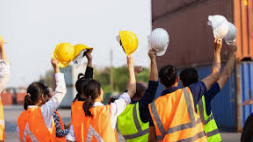
Understanding Safety Climate and How Employers Can Influence It
In any workplace, safety is a fundamental concern that affects employees’ well-being, productivity, and overall job satisfaction. However, beyond the physical measures like personal protective equipment (PPE) and hazard controls, there is a less tangible but equally important factor—safety climate. Understanding what safety climate is and how employers can shape it can have a profound impact on reducing workplace incidents and fostering a culture of safety.

OSHA vs. NIOSH: Understanding Workplace Safety Regulations and Research
Occupational noise-induced hearing loss remains a significant concern in various industries, prompting the Occupational Safety and Health Administration (OSHA) to implement stringent regulations to safeguard workers. One key regulation, 29 CFR 1910.95(g)(1), mandates an audiometric testing program for employees exposed to high noise levels. However, OSHA isn’t the only agency focused on worker safety. The National Institute for Occupational Safety and Health (NIOSH) also plays a vital role in workplace health, albeit through research rather than enforcement.
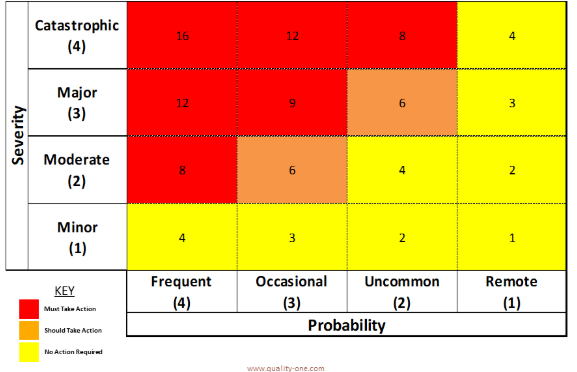
The Limitations of Traditional SFMEA in Risk Assessments
The Safety Failure Modes and Effects Analysis (SFMEA) has long been used in manufacturing and industrial settings to assess risks. This method evaluates risks based on four key factors: severity, controls, frequency, and people. While SFMEA provides a structured approach, it has significant limitations that can result in incomplete or inaccurate risk assessments.
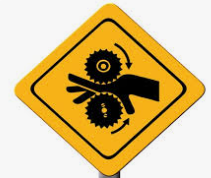
Machine Guarding in 2025: Adapting to New Tech and Regulations
In the fast-evolving world of manufacturing, safety remains a cornerstone of operational success. As we move through 2025, one area demanding attention is machine guarding—an essential practice that protects workers from the hazards of increasingly sophisticated machinery. With automation and robotics transforming production floors, manufacturers must adapt to both new technologies and shifting regulations to keep their teams safe and their businesses compliant
